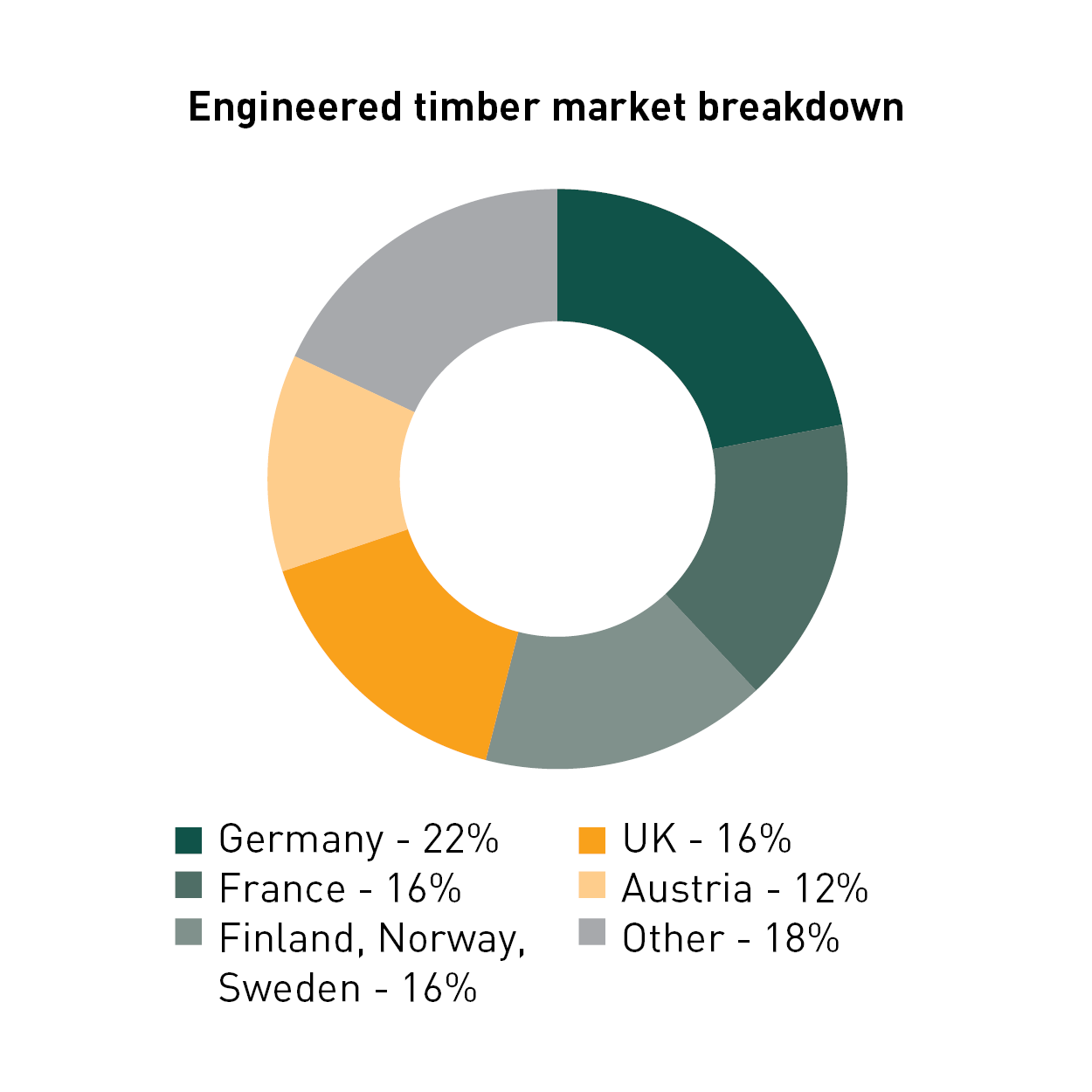Welcoming all talents
The global health crisis has been a stark reminder that companies need talented professionals to help them survive and thrive when unforeseen ‘black swan’ events disrupt business.
As the pandemic moves from a crisis phase into a management phase across Europe with the relaxation of restrictions, forward-thinking real estate firms are prioritising diversity and inclusion (D&I) to ‘crisis-proof’ their operations and boost performance.
Cromwell’s European Head of Capital Solutions, Danya Pollard , ESG Manager, Sandrine Fauconnet and Fund Manager, Eeva Saravuo recently spoke to PropertyEU about the importance of D&I in the real estate industry and the concrete steps Cromwell is undertaking to enable real change.
The interview can be found by clicking here.















